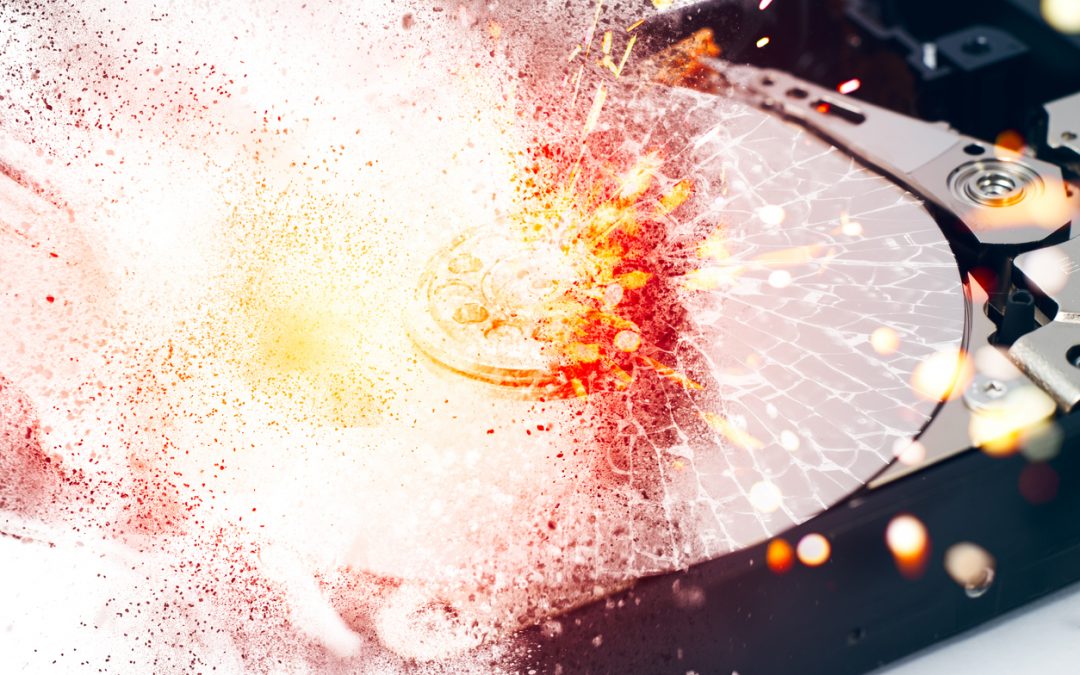Drive failure is a serious problem that can result in data loss and system malfunction. Traditional methods of mitigating drive failure include having data redundancy, replacing drives on a regular basis, and anticipating failures with threshold-based methods. But each of these methods comes with its own limitations.
Data Redundancy
Data redundancy is a strategy that involves creating backups of your data on different storage drives. Redundant Array of Independent Disks (RAID) prevents data loss by creating multiple copies of your data. So, even if one or more storage drives fail, you can still access your data that has been saved on one or more additional storage drives. You can prevent data loss in case of drive failures, as you will still have access to your data on other drives.
However, this method does not give any warning or indication of when a drive failure will occur. You can rebuild an array, but the rebuild process takes a long time for large arrays and often a second drive fails, or part of a drive cannot be read.
Periodic Replacement
This is a prevalent practice among data centers wherein drives are checked regularly and replaced every 1 to 6 years based on age or usage. However, drive failures can occur even among young drives and some older drives could perhaps work effectively for a longer time.
SMART
SMART, which stands for Self-Monitoring, Analysis and Reporting Technology, is a system that checks the health of your drive based on some indicators, such as temperature, error rate, and bad sectors. Each indicator has a range of acceptable values. If an indicator goes out of range, SMART will alert you that something is wrong with your drive.
However, SMART has a low success rate of about 3-10% for predicting drive failures. It considers the health of the drive using only snapshots in time. For example, SMART 5 (reallocated sector count) is based on the latest value of reallocated sector count, but does not tell you anything about its change over time, which can be pertinent to determine drive failures.
AI for Drive Failure Prediction
AI can be used in conjunction with the above mentioned traditional methods of preventing drive failures to ensure a fairly foolproof method to prevent drive failures and data loss. The AI algorithm in ULINK DA Drive Analyzer analyzes various drive health parameters and looks for patterns in a drive’s health indicators over time, rather than applying a simple threshold to each health indicator. When a drive displays certain patterns, it is flagged as unhealthy or at risk of failure.
ULINK DA Drive Analyzer provides users with a centralized online dashboard for viewing their drives’ health from multiple systems. It provides critical tools and insights necessary to predict and minimize drive failures.
QNAP and ULINK Release DA Drive Analyzer, AI-powered Drive Failure Prediction Tool for NAS
Photo Credit: coffeekai

